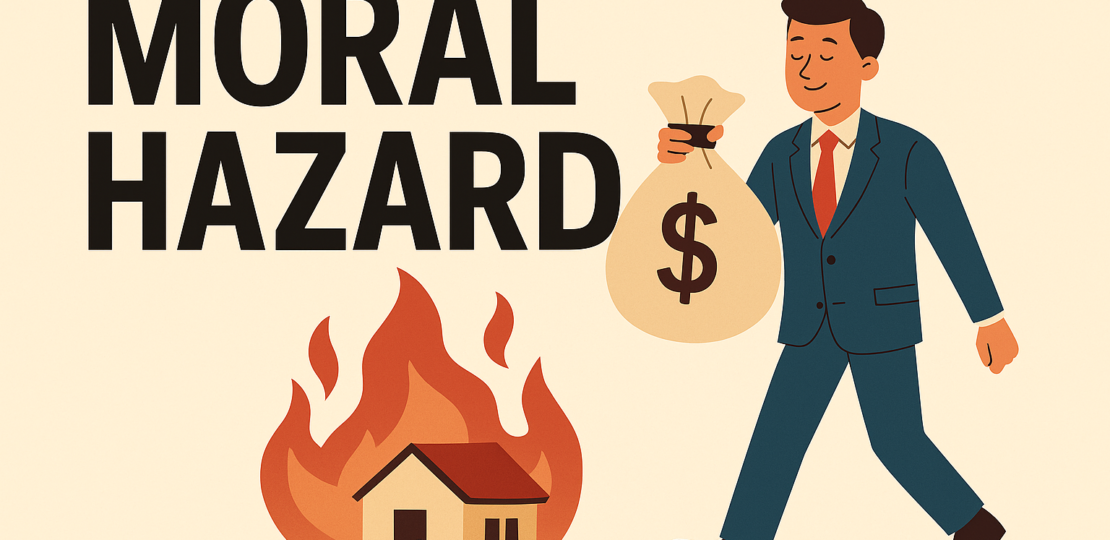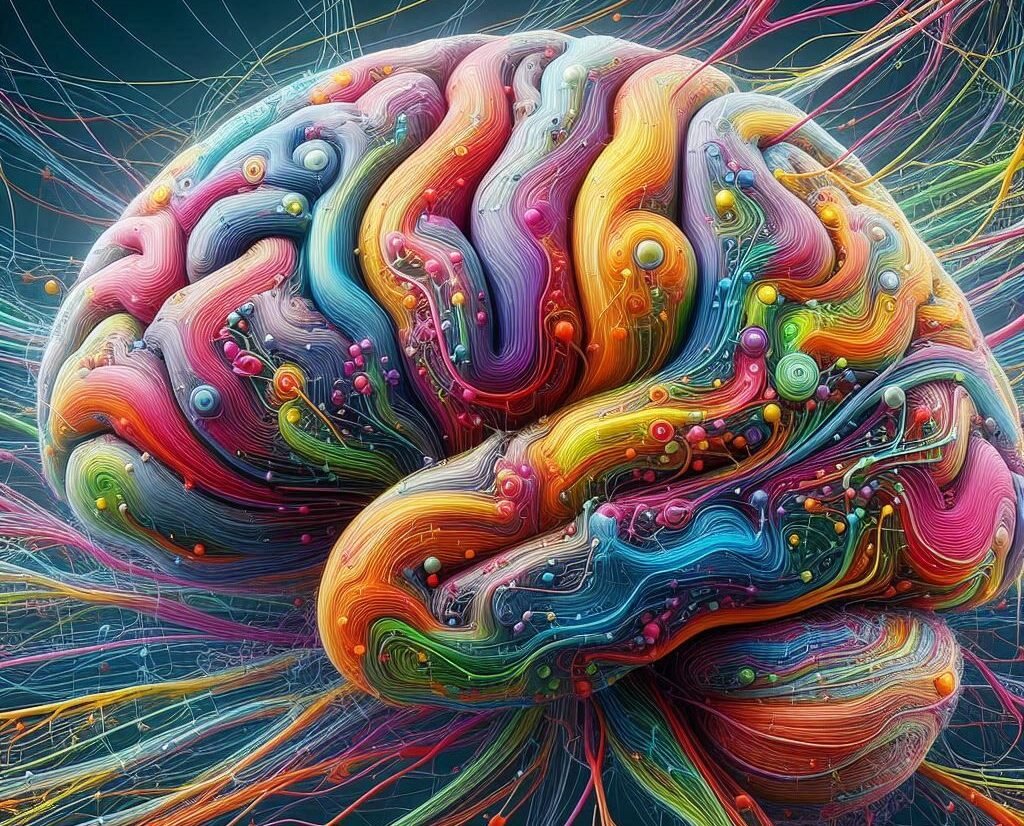
Imagine lending your friend your brand-new car. Normally, she’s a cautious driver—but now, knowing it’s your car and your insurance, she speeds a little, parks carelessly, and maybe even skips the seatbelt. Why? Because she’s not the one bearing the full risk. That’s the essence of moral hazard—when someone takes greater risks because they don’t have to face the consequences.
In economics, moral hazard pops up everywhere—from banking to healthcare. A classic example is the 2008 financial crisis. Big banks made risky investments, knowing they might be bailed out if things went south. Sure enough, when the crisis hit, governments stepped in with taxpayer-funded bailouts. While this prevented complete economic collapse, it also sent a dangerous message: if you’re big enough to fail, someone else will pick up the pieces. That creates a system where the incentive to act responsibly is weakened.
The term “moral hazard” originally came from the insurance industry. When people are insured, they may behave less cautiously—like driving more recklessly or skipping health checkups—because they know their losses are covered. Insurance companies now counteract this by including deductibles and copays to keep people partially responsible and invested in the outcome.
In short, moral hazard is about incentives and responsibility. When someone is shielded from risk, they may act in ways they wouldn’t otherwise. It’s a tricky issue for policymakers: how do you provide support—like social safety nets, bailouts, or insurance—without encouraging careless behavior? There’s no easy fix, but understanding the dynamics of moral hazard is key to designing smarter, more accountable systems.
RELATED POSTS
View all

